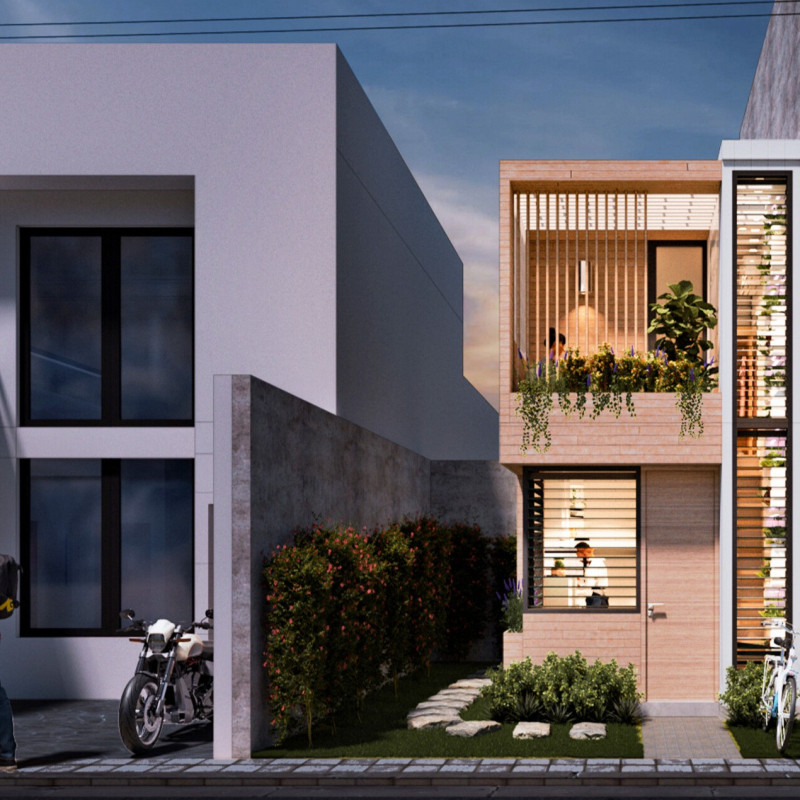5 key facts about this project
The design concept is rooted in the idea of connectivity. It seamlessly integrates indoor and outdoor spaces, encouraging interaction between users and the surrounding environment. The architectural layout comprises a series of interconnected volumes that vary in height, creating a dynamic silhouette against the skyline. This intentional variation in elevation facilitates natural light penetration and enhances the spatial experience within the building, promoting a sense of openness and inviting exploration.
A notable feature of this project is the thoughtful use of materials, which plays a critical role in establishing its identity. The exterior is clad in a combination of textured stone and glass, showcasing a balance between solidity and transparency. The stone not only grounds the design within its context but also conveys a sense of permanence and durability. In contrast, the extensive use of glass allows for ample natural light and encourages visual connections between the interior spaces and the outside world, breaking down the barriers typically found in urban environments.
The internal organization of the building further highlights its purpose as a community-centric space. It is designed with flexibility in mind, offering adaptable areas that can serve a variety of functions, from exhibition spaces to meeting rooms and recreational facilities. This adaptability ensures that the project can accommodate different events and user needs, enhancing its relevance in the community. The layout encourages movement and engagement, with clear circulation paths that guide users through the various zones without feeling confined.
Landscaping plays a crucial role in reinforcing the project’s connection to its surroundings. Outdoor plazas and green roofs are integrated into the design, providing tranquil retreats amidst the urban hustle and bustle. These green spaces foster biodiversity and contribute to urban ecology while enhancing the overall aesthetic value of the building. The meticulous attention to landscape design invites users to engage with nature, promoting well-being and social interaction.
The design outcome exemplifies a commitment to sustainability, featuring energy-efficient systems and environmentally conscious practices throughout the construction and operational phases. The careful consideration of renewable resources and energy-saving technologies reflects an understanding of modern architectural responsibility, addressing the pressing issues of climate change and resource conservation.
What sets this project apart is its holistic approach to architectural design, where function, form, and environment are intricately woven together. The emphasis on community engagement and sustainability demonstrates a forward-thinking perspective that is essential for contemporary architectural practice. Through meticulous planning and an uncompromising vision, the project embodies a unique response to the demands of urban living, while remaining sensitive to its architectural context.
For those interested in exploring the finer details of this architectural endeavor, including architectural plans, architectural sections, and various architectural designs, a closer examination of the project presentation is highly recommended. Engaging with these elements will provide a deeper understanding of the architectural ideas that inform this impressive project, showcasing how thoughtful design can effectively enhance both individual and communal experiences in urban settings.


























